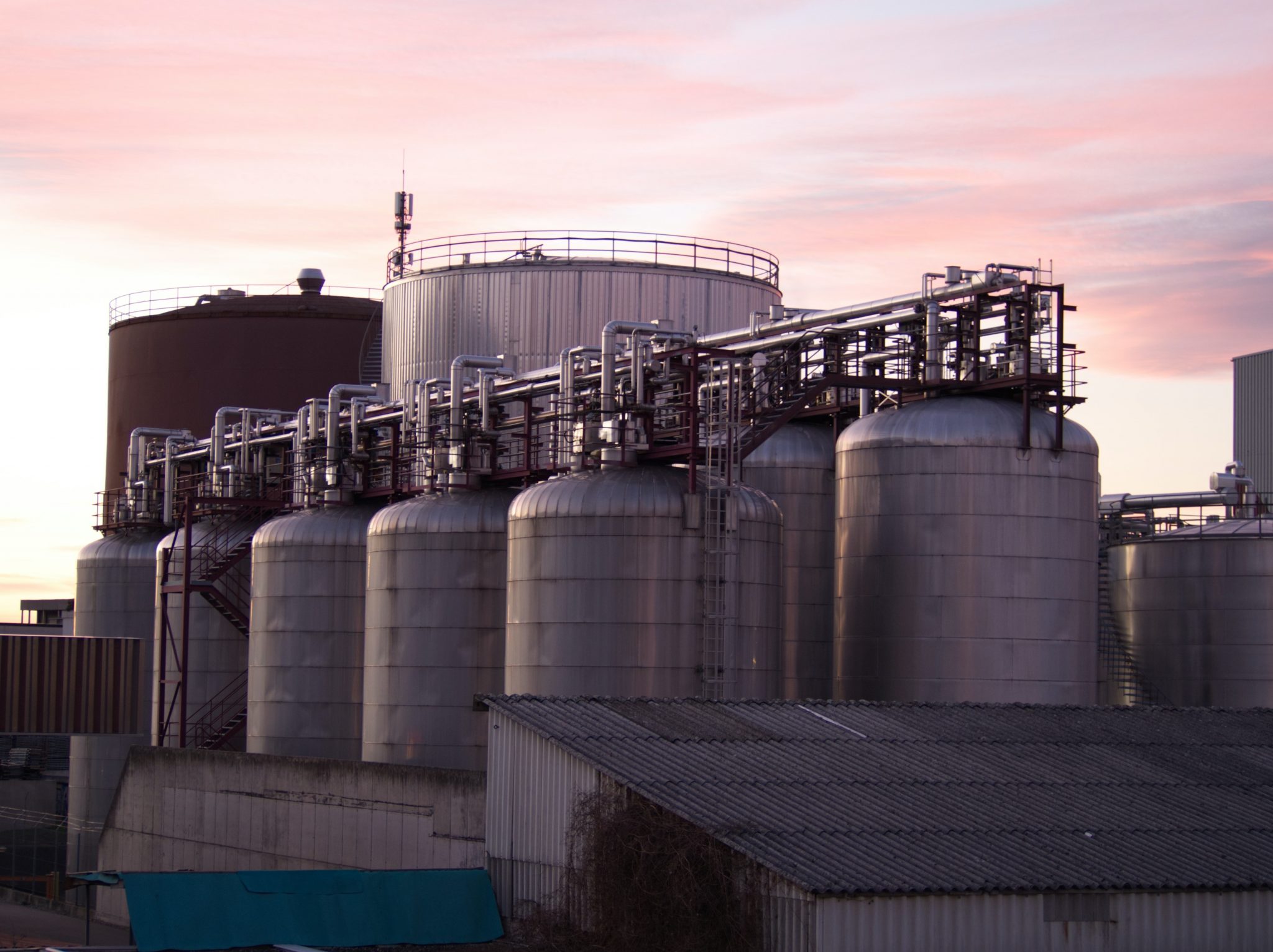The Advantages of Robotic Online Tank Cleaning For Plant Managers
When it comes to keeping your industrial tanks online, every moment counts. This is where cutting-edge robotics technology can step in and provide fully remote online tank cleaning.
Traditional cleaning methods by human crews have always required lengthy plant shutdowns and emptying tanks in order to enable entry for cleaning. This methodology itself is inherently dangerous and exposes workers to potentially toxic and dangerous environments. On top of this, the cascading effects of a tank shutdown massively affect the productivity of your entire plant. Usually, this cannot be avoided if you want to ensure proper maintenance and cleaning procedures. With the introduction of robotic online tank cleaning, however, you have the chance to have the best of both worlds.
Reduced Downtime
The introduction of robotic technology that can clean tanks and remove sludge while the tanks are online has the potential to revolutionize the logistics of plant management. By reducing the need for asset shutdown, extended human crew cleaning times, and asset warmup and refilling, your storage tanks can be optimized for significantly reduced downtime. Crucially, the actual cleaning process can also be done more quickly, given the inexhaustible nature of a robotic cleaning system versus human crews.
In addition, the process of vacating a tank, shutting down the system, warming it up, and refilling the tank can lead to excess wear and tear on the tank and related systems. Refilling these tanks is also one of the more dangerous stages of tank operations, so minimizing these cycles will improve overall safety.
This process also traditionally requires temporary storage tanks which may have to store various different materials at different times in your maintenance cycles. This introduces both an opportunity for product contamination and, if you want to avoid that, even more cleaning operations.
Overall, while necessary, traditional cleaning procedures massively impact your overall efficiency and asset optimization. A cleaning system that does not require an empty tank presents a massive opportunity for gains in productivity and reductions in downtime.
Here are four major ways robotic online tank cleaning can benefit plant managers.
Faster Product Swaps
Much like traditional cleaning, traditional product swapping requires a system reset and extended downtime for cleaning. This is particularly difficult to manage when deadlines are tight on any projects that cannot permit cross-contamination. Moreover, these tight swap windows are prime hotspots for mistakes due to fatigue and human error.
This itself presents yet another opportunity for a slowed-down swap, poor workplace safety, or cross-contamination. If, however, you can initialize a cleaning process or sludge removal while the outgoing product is still in the system, you will be that much further ahead when it comes to meeting your swap deadlines.
For instance, during a potential switch from unrefined oil to refined oil, you would normally have to wait for an empty tank until you could send in a sludge removal crew. With something like Ecorobotics’ online sludge removal service, you would be able to begin a sludge removal with the unrefined oil still in the tank, allowing for much shorter downtime during the product swap.
Such opportunities will increase company output, allow you to bid on more projects on a tighter schedule, and will eventually lead to more projects and more revenue.
Improved Worker Safety
While the operational advantages of online tank cleaning are extensive on their own, such a system also provides positive externalities for your human crews. Tank cleaning is widely regarded as one of the most dangerous stages of plant operation.
Many of the deadliest tank failures in recent history have occurred during an improperly executed downtime repair or cleaning procedure. By limiting the times when this is happening and properly shutting down your tanks when those repairs cannot be put off, you can reduce the number of opportunities for catastrophic failure. Robots can be repaired or replaced — humans are far more fragile and irreplaceable.
On top of this, confined space entry can expose crews to excessive levels of dangerous chemicals even in the best of conditions. The most highly trained crews can still make mistakes in these environments and the need for quick work only enhances the potential for fatigue-based errors or neglect. The less you have to turn to this option, the better!

Elevate Your Plant Operations
With the continuing improvement of online robotic cleaning technology, plant managers can expect enormous operational gains by moving on from traditional cleaning procedures. From reducing downtime, cost, and risk to improving efficiency, swap timelines, and inspection capabilities, there are many reasons to adopt this new technology … and no reason to ignore its possibilities.
If you are interested in more ways to maximize your plant outcomes, take some time to check out some more ideas for how to reduce downtime at your industrial plant.





